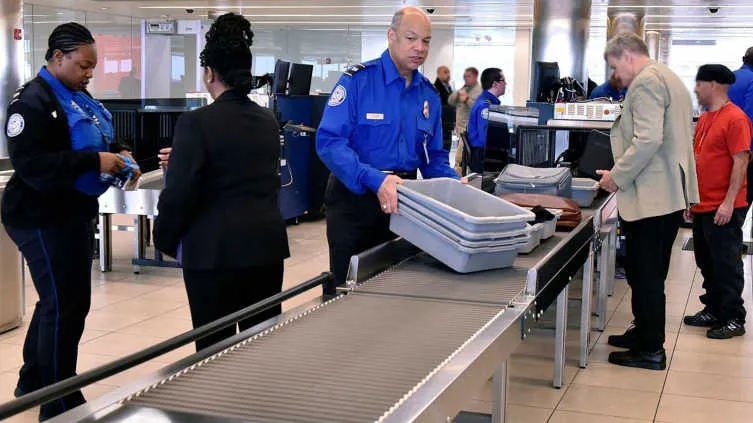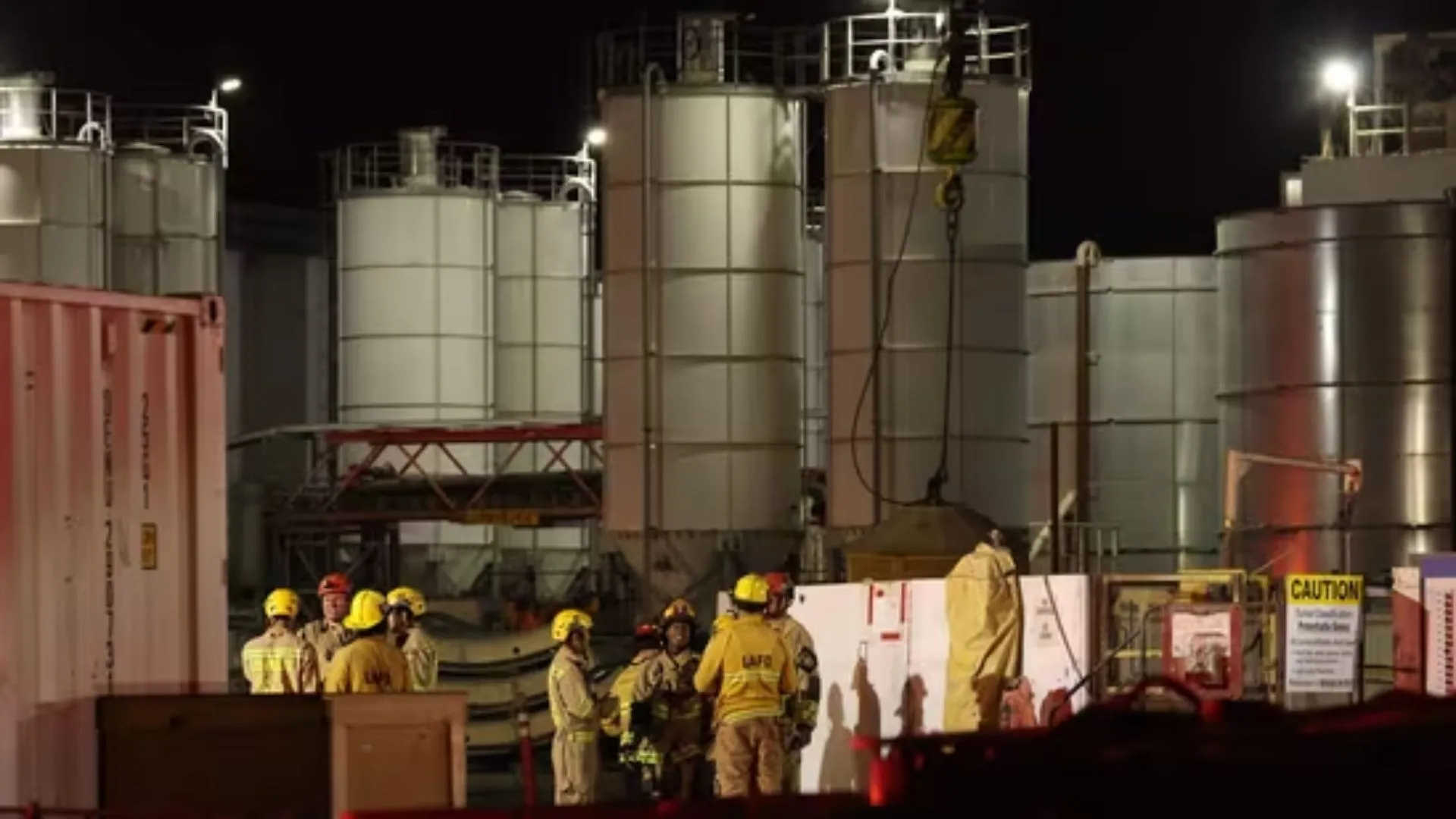In a major change for air travellers, US Homeland Security Secretary Kristi Noem announced on July 8 that passengers will no longer need to take off their shoes at airport security checkpoints.
“I think most Americans will be very excited to see they will be able to keep their shoes on, and it will be a much more streamlined process,” Noem said.
However, she added that officers may still request shoe removal in certain cases. “If we think additional layers of screening are necessary,” she explained, “the requirement may still apply.”
Why the Rule Was Introduced
Previously, shoe removal became mandatory in 2006. This decision followed the 2001 “shoe bomber” attempt by Richard Reid, who tried to blow up a plane from Paris to Miami using explosives hidden in his shoes.
As a result, passengers aged 12 to 75 had to remove their shoes for scanning, along with items like jackets and carry-on bags.
TSA PreCheck Will Remain Faster
Meanwhile, travellers enrolled in TSA PreCheck had already been exempt from the shoe rule. The program, which costs about $80 for five years, allows travellers to keep shoes, belts, and jackets on and leave laptops and liquids in their bags.
According to Noem, PreCheck remains the best option for a quicker experience. Nevertheless, regular passengers must still place other belongings on the conveyor belt for scanning.
TSA to Simplify More Procedures
Furthermore, Noem said the TSA is reviewing more rules to improve the screening process.
“TSA plans to review other rules and procedures to see how airport screenings can be simplified and expedited,” she stated.
Currently, the agency is testing dedicated lanes for military members and families with young children. Additionally, TSA plans to launch other pilot changes within the next six to eight months.
Technology Is Improving, But Challenges Remain
In addition, U.S. airports are using facial recognition technology and Real ID systems to verify passengers’ identities more efficiently.
Despite these advancements, travellers still face long wait times, especially during busy travel periods. Moreover, delays often occur when bags are flagged for common mistakes—such as carrying a water bottle.






















